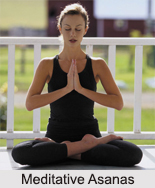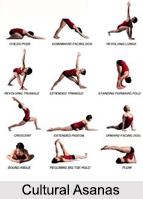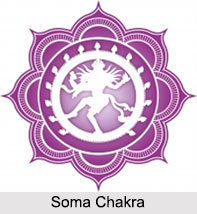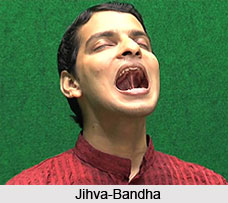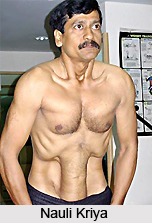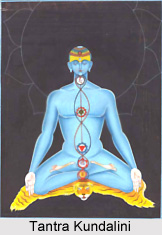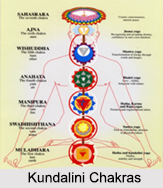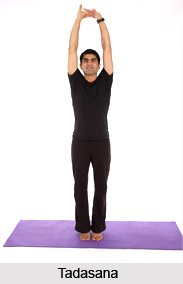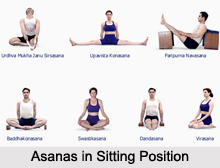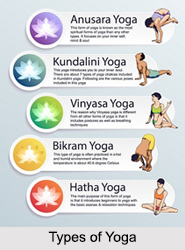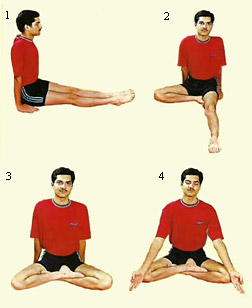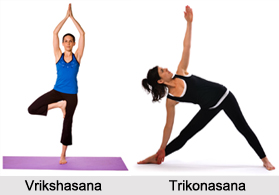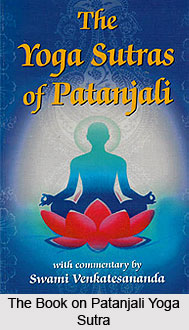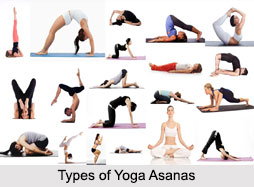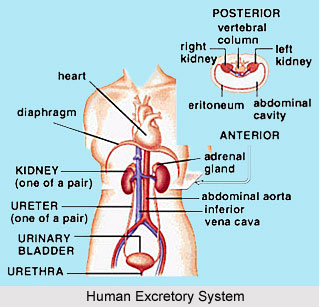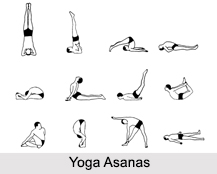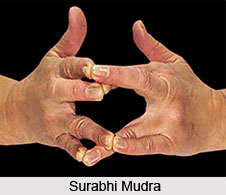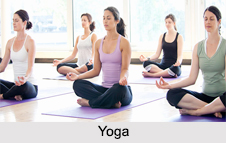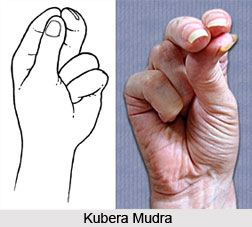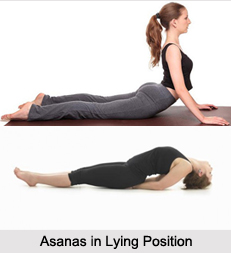yathabhimata dhyanat va yogic sutra delineates the final way in which one can achieve the transcendental meditative state. The sadhaka needs to channelise his attention in one direction that which is pleasurable and enjoyable to him. However, this object must be beneficial to meditation, and not external materialistic desire. According to this sutra, the most satisfying object to meditate upon is one`s own state of being.
Yathabhimata that which is desirable, a selected thing a pleasing thing, according to one`s wish or taste
Dhyanat by meditation
Va or
Or, by meditating on any desired object conducive to steadiness of consciousness.
The ultimate method is to choose an object beneficial to meditation, not one which is externally pleasing, but auspicious and spiritually enriching. By practising this simple method of one-pointed attention, the sadhaka gradually develops the act of contemplation. Later, when a degree of mental stability is reached, he will be able to meditate on any object at his own willpower.
The perfect performance of an asana is pleasing, and through it too, one can gain quietude.
On the face of it this sutra is simple - it describes meditation on an agreeable object. It is deeper, hidden, and the meaning is harder to apprehend. The most `pleasing` object of meditation is in fact one`s very existence, the core of the being. Patanjali advises followers to trace the seed of that core, the living spirit that interpenetrates everything from the most infinitesimal particle to the infinitely greatest. This is the most difficult subject to meditate upon.
